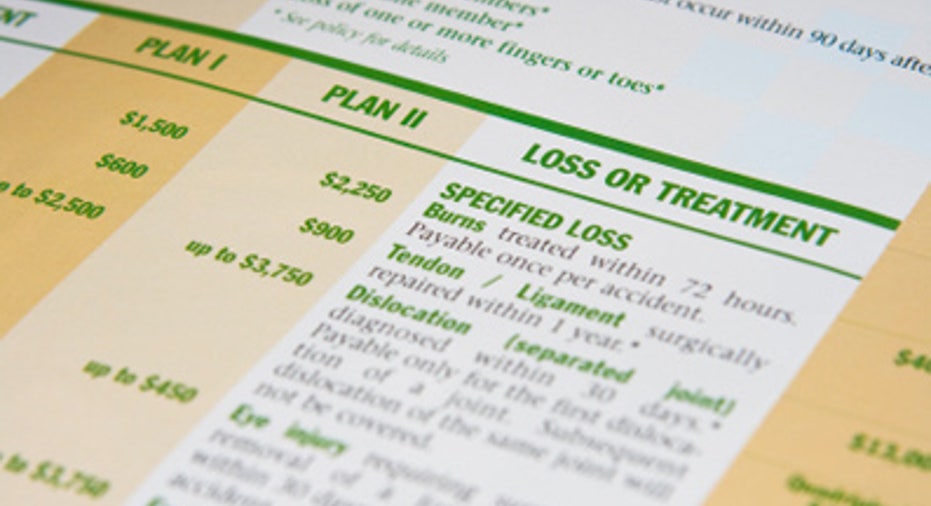5 Tips For 2011 Medicare Enrollment

This year, eyeball your Medicare plan especially carefully. There are more changes afoot than in past years. These changes affect enrollment periods, plan choices and even some costs -- though most will remain flat. For example, Medicare Advantage plan prices and benefits change every year, but this year even more so. A plan that fit you last year may not suit you this year, according to Consumer Reports.
"It's complex and confusing," says Paul Gada, personal financial planning director at Allsup. "There are so many factors to consider and information to wade through."
The first place to look is your annual Notice of Change, which was sent in late October. It lists plan changes. During the open enrollment period that ends December 31, you can fine-tune your plan for 2011. "It's always a good idea to re-examine your options," Gada says.Here are five things every Medicare beneficiary should know.
Fewer Medicare Advantage plans
This year, there are 13% fewer Medicare Advantage plans to choose from.
But take heart. There are still lots of options -- more than 2,000 insurance plans, according to Allsup. Roughly 24 plans are available in each person's local area.
"So many Advantage plans created confusion in the marketplace," says Gada. "But there's still lots of variety."
If you're considering changing Advantage plans, use the Medicare five-star rating system as your guide. It's updated each fall and measures plan quality. "Opt for a plan that does a good job treating people," says John Rother, executive vice president of policy and strategy at AARP. "There's quite a bit of difference between plans." However, some plans -- ones that are new or small -- may not be included.
Expanded Medicare benefits
In 2011, there are two big money-saving wins for Medicare beneficiaries.
First, original Medicare will now cover preventive services, including wellness visits. Second, the "doughnut hole" coverage gap -- the difference in the initial coverage limit and the catastrophic coverage threshold in Medicare Part D's prescription drug progam -- will begin closing. Once you hit that coverage gap, there's a 50% discount for brand-name drugs and 7% for generics. These discounts can save people thousands of dollars, says Rother.
"It all depends on how much you spend on drug costs," says Joe Baker, president of Medicare Rights Center, a nonprofit consumer service organization. "Usually, folks don't start hitting the doughnut hole until the springtime, though."
These added benefits might also save you money on enhanced Medicare Part D. "You might want to rethink the extra premium," Baker says. "
The exception is people with chronic illnesses. "Think ahead about what your coverage is in the doughnut hole," says Rother.
Advantage plan expenses capped
Beginning next year, Medicare Advantage plan out-of-pocket expenses will be capped at $6,700. "Maybe $15 copays don't sound like much," says Baker. "But if you're going to a number of specialists, copays add up."
Plans are also barred from charging higher copayments for some services, such as chemotherapy.Baker also says Medicare Advantage beneficiaries should scrutinize plans more closely this year. There may be higher premiums and copays. One plus: Advantage plan enrollees do benefit from a very competitive marketplace.
Enrollment plan window closes -- somewhat
Say goodbye to a second open enrollment window, which used to run from Jan. 1 to March 31.Instead, the Medicare Advantage Disenrollment period is your second chance to change plans. It runs from Jan. 1 through Feb. 14. Use this window to sign up for original Medicare. But be warned -- you can't switch to another Advantage plan.
"There was an annual one-shot at refining options," says Gada. "Now you're limited to what you can switch to."
If you're thinking about changing plans, go to Medicare.gov's Plan Finder tool to compare coverage options.
Examine Part D coverage more closely
Medicare Part D plans were also streamlined this year -- and some plans had rate hikes.Individuals with an adjusted gross income of more than $85,000 will pay anywhere from $12 to $69.10 per month more for Part D next year. One solution is switching to Medicare Advantage, which usually covers prescription drugs.
But this year, everyone should re-examine their Part D coverage. The objective: making sure you're getting the best price and most benefits. Some of the largest Part D plans are increasing their premiums, on average, at least 10%, according to a study by Avalere Health. Meanwhile, less-expensive plans are also making an entrance this year, says Baker.
However, the lowest-cost Part D plans aren't always the right ones, according to Allsup. The advisory firm suggests scrutinizing Part D coverage. What are the costs? What drugs are covered? Does your plan restrict medications?
"Comparing Part D costs can be tricky," says Rother. "You don't always know your out-of-pocket expenses." Fortunately, Part D options are plentiful, with more than 1,100 available plans.



















